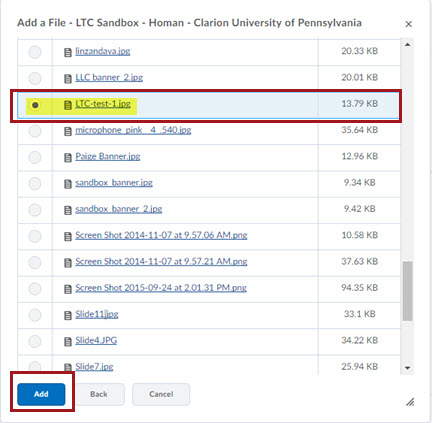


LS573: Integrated Technologies in Libraries LS534: Administration & Management of Libraries LS504: Introduction to the Information Professions LS500: Informational Sources and Services You’ll need to pay attention to the course cycle to ensure you’ll get the class you want, when you want it, but courses usually really are offered at the times the course cycle indicates! Completion requires either internship experience or a capstone research project, usually completed during the last semester of your coursework. You’ll need 36 credit hours, or 12 3-credit classes. The Master’s degree is completed after completion of core curriculum, electives, and either a capstone research project or an internship. There are two concentration tracks: Reference and User Services and Local and Archival Studies. But, you never have to see it if you don’t want to–their Master of Science in Library Science and Master of Science in Library Science in School Library Media programs are 100% online! Clarion was one of the first Library Science programs to go online, and while sometimes their tech or content reflects this, they’ve kept pretty well up-to-date. Dates of authors’ attendance: 2013-2017.Ĭlarion University of Pennsylvania is located in Clarion, Pennsylvania, in the northwestern corner of the state. Alena’s areas of specialization include reference, instruction, collection development, science librarianship, and special collections.ĭisclaimer: These are our personal impressions of the MSLS program at Clarion University of Pennsylvania, based on our own experiences, respectively, and are not meant to be representative of the opinions of all students, the college, or the university. Amanda’s areas of specialization include collection development, circulation, outreach, mentorship, and equity in librarianship for marginalized groups within librarianship. Amanda and Alena are recent graduates from Clarion. Today we welcome a guest post by Amanda M. ( 2 Comments ) Hack Your Program: Clarion University of Pennsylvania.


 0 kommentar(er)
0 kommentar(er)
